People refer to several different species of fish as “butterfish,” but most recognize a “Butter Fish” as any in the Stromateidae family. Researchers recognize 15 different species in this group, which they sort into three different taxonomic genuses. People refer to various species in this family as “butterfish” “pomfret” and “harvestfish.” Read on to learn about the Butter Fish.
Description of the Butter Fish
All of the various members of this group have a somewhat similar appearance. They have deep, rounded bodies with dual dorsal and anal fins pointing downward. Additionally, most species also have silvery coloration.
Most individuals, regardless of species, measure about a foot long at the largest. They typically weigh less than two pounds.
Interesting Facts About the Butter Fish
These fish have a number of interesting traits and adaptations. Learn more about what makes them unique, below.
- Deep Bodied Fish – These fish have bodies shaped similarly to that of a flounder turned up on its side. However, instead of lying flat against the bottom, they swim freely in the water column. Their shape makes them appear quite tall and skinny.
- What’s in a Name? – So, where does the term “butterfish” come from? People don’t call these fish by this name because they look like a stick of butter. Instead, the meat of the fish has a soft, tender texture, like eating butter.
- Asian Delicacy – People in the Indo-Pacific region frequently eat some species in this group. You can commonly find dishes made with these fish in India, Korea, Malaysia, and more.
Habitat of the Butter Fish
The different species in this group have different habitat preferences. Most live pelagic lifestyles and swim freely in the water column. Some live in coastal regions, some prefer reef habitats, and some even live in sheltered estuaries. Each has its own unique preferences.
Distribution of the Butter Fish
As is the case with habitat preference, the distribution of these creatures varies based on the species at hand. Some live across wide expanses, while others utilize only a small region. As a whole, you can find species within this group in the Atlantic Ocean, Indian Ocean, and the Indo-Pacific regions.
Diet of the Butter Fish
These fish have carnivorous feeding habits, which means that they prey on other animals. Their diet varies based on the species, where they live, and their size. Larger fish prey on smaller fish species, while smaller fish hunt primarily for invertebrates such as shrimp and plankton. Each species has its own unique preferences.
Butter Fish and Human Interaction
Humans interact with different species in different fashions. People in some regions fish heavily for certain species, like the white pomfret. They utilize several different species as food sources, and some commercial fisheries target these fish to a small degree.
The impact of human activity on the different species varies based on the species and the region.
Domestication
Humans have not domesticated these fish in any way.
Does the Butter Fish Make a Good Pet
Hypothetically, you could keep these fish as pets. However, they do not have any draw as a pet for color or unique behavior.
Butter Fish Care
Some aquariums house some species in this group. They keep them in tanks, typically in schools to match their naturally social behavior. Aquarists often house them with other, similarly sized fish species in mixed exhibits. They match the water temperature, salinity, pH, and other parameters to what the fish naturally experience.
Behavior of the Butter Fish
Most species have social behavior and live in schools. The number of fish in those schools vary based on the species. Some congregate in large numbers while others live in smaller schools. Individual behavior varies based on the species at hand.
Reproduction of the Butter Fish
Each species has its own unique reproductive behaviors and rates. As a whole, the group breeds via spawning. In the spawning process, the females release their eggs and the males fertilize them outside of the body. Most spawn seasonally, often in response to water temperature. Different species and size fish produce different numbers of eggs.

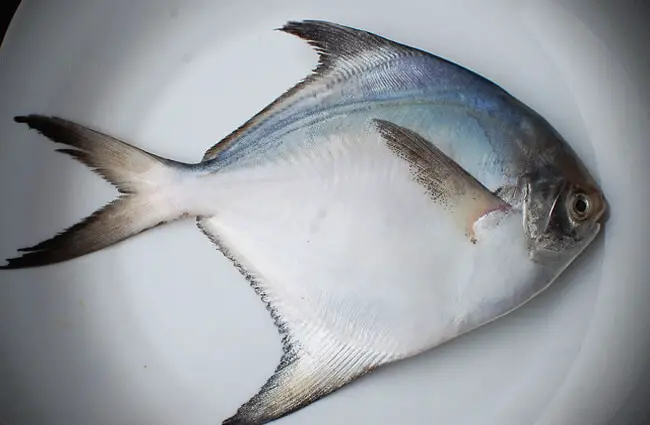

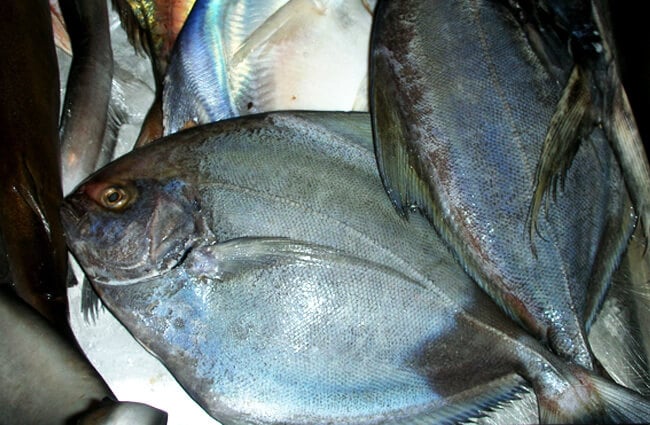
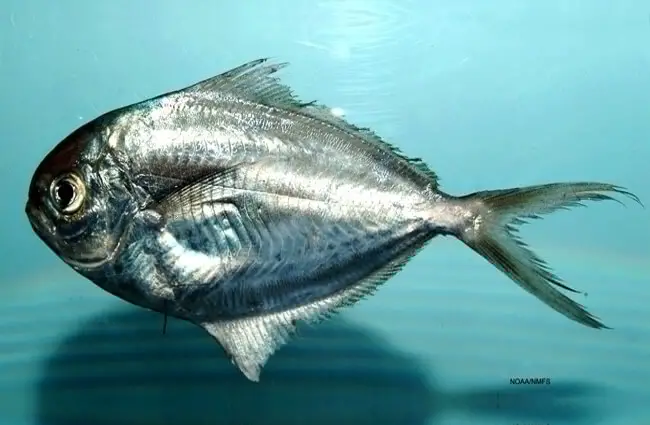
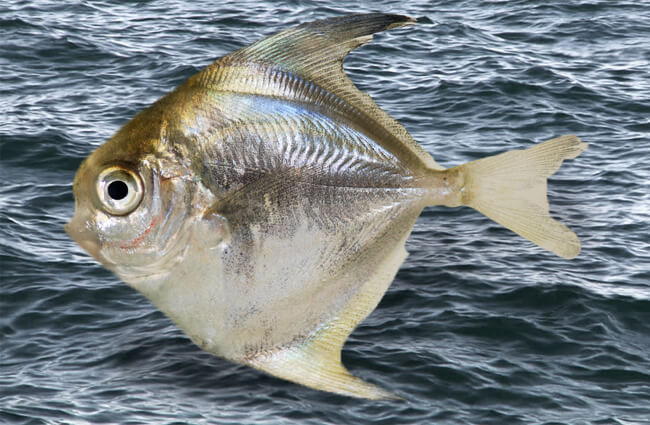
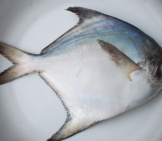

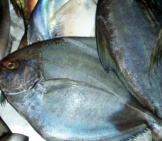

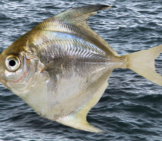
![Red Angus Closeup of a beautiful Red Angus cowPhoto by: U.S. Department of Agriculture [pubic domain]https://creativecommons.org/licenses/by/2.0/](https://animals.net/wp-content/uploads/2020/03/Red-Angus-4-238x178.jpg)












![Red Angus Closeup of a beautiful Red Angus cowPhoto by: U.S. Department of Agriculture [pubic domain]https://creativecommons.org/licenses/by/2.0/](https://animals.net/wp-content/uploads/2020/03/Red-Angus-4-100x75.jpg)

